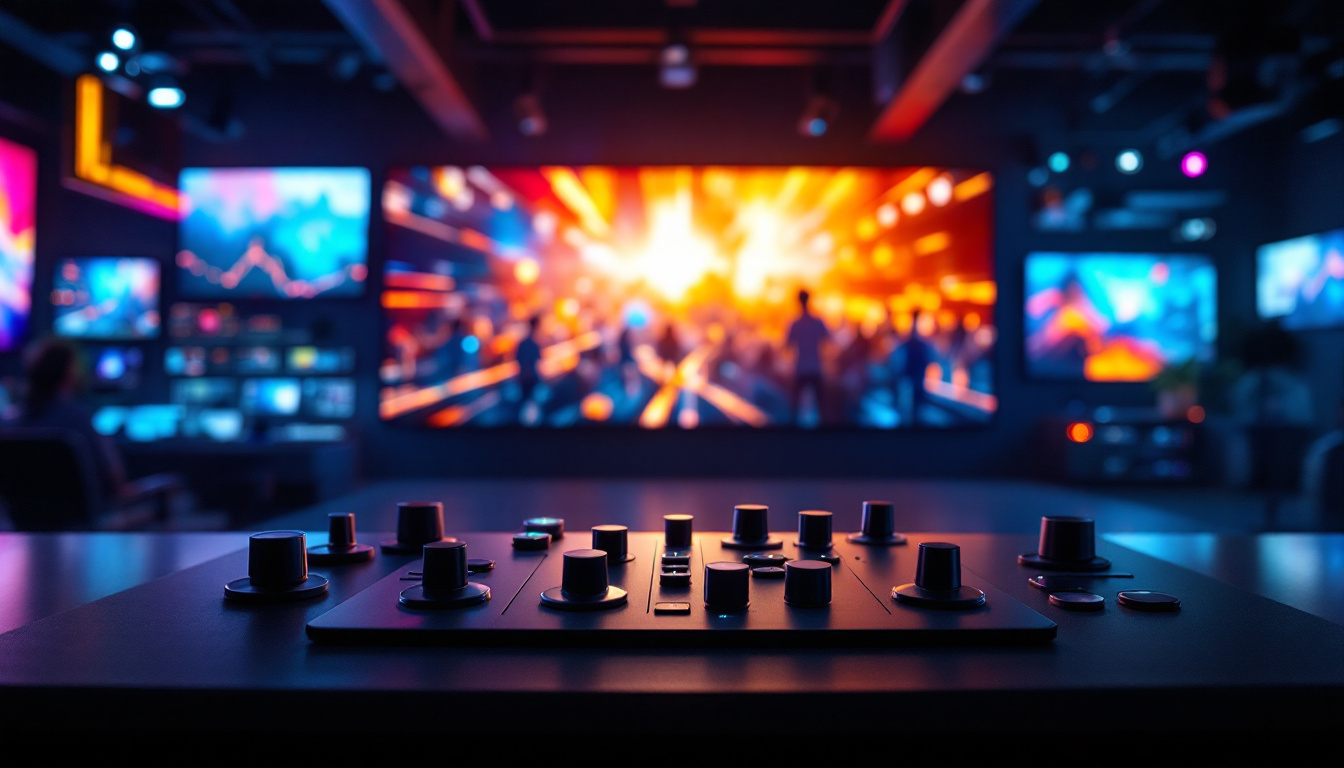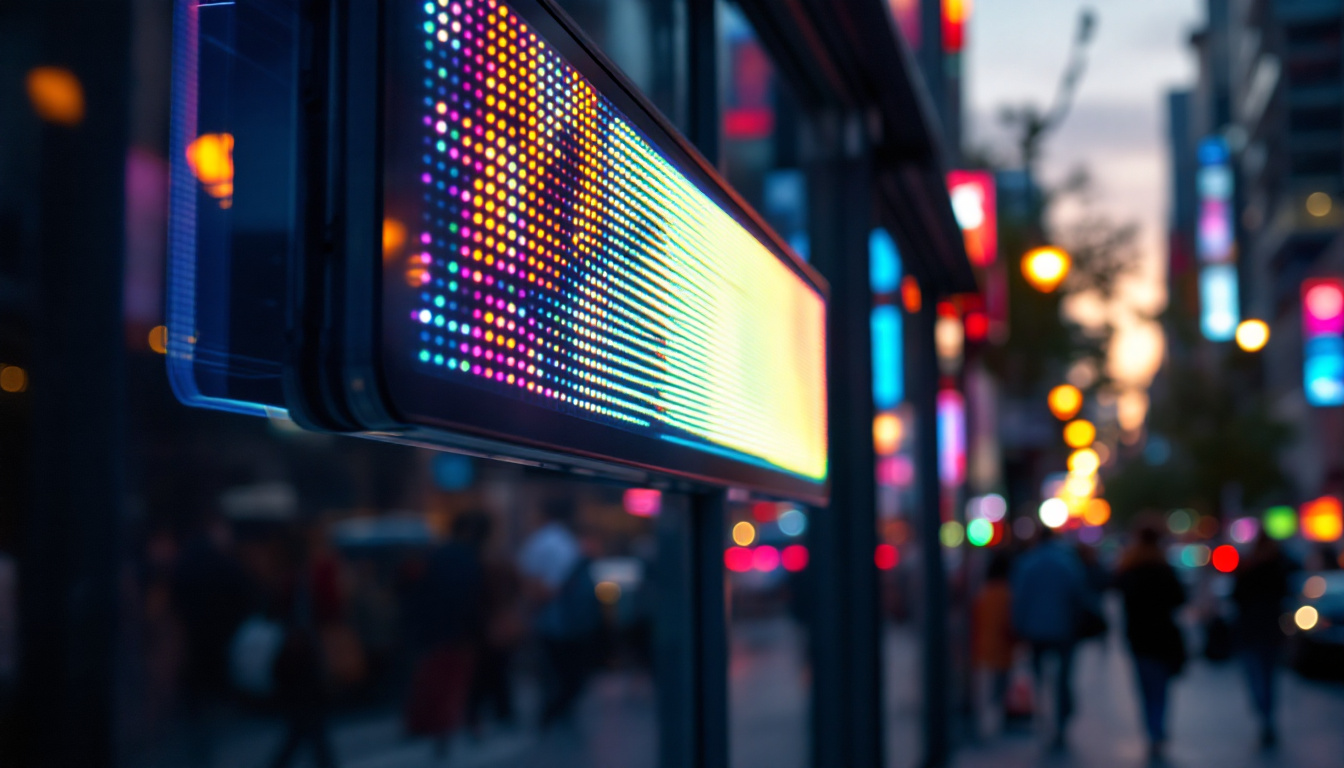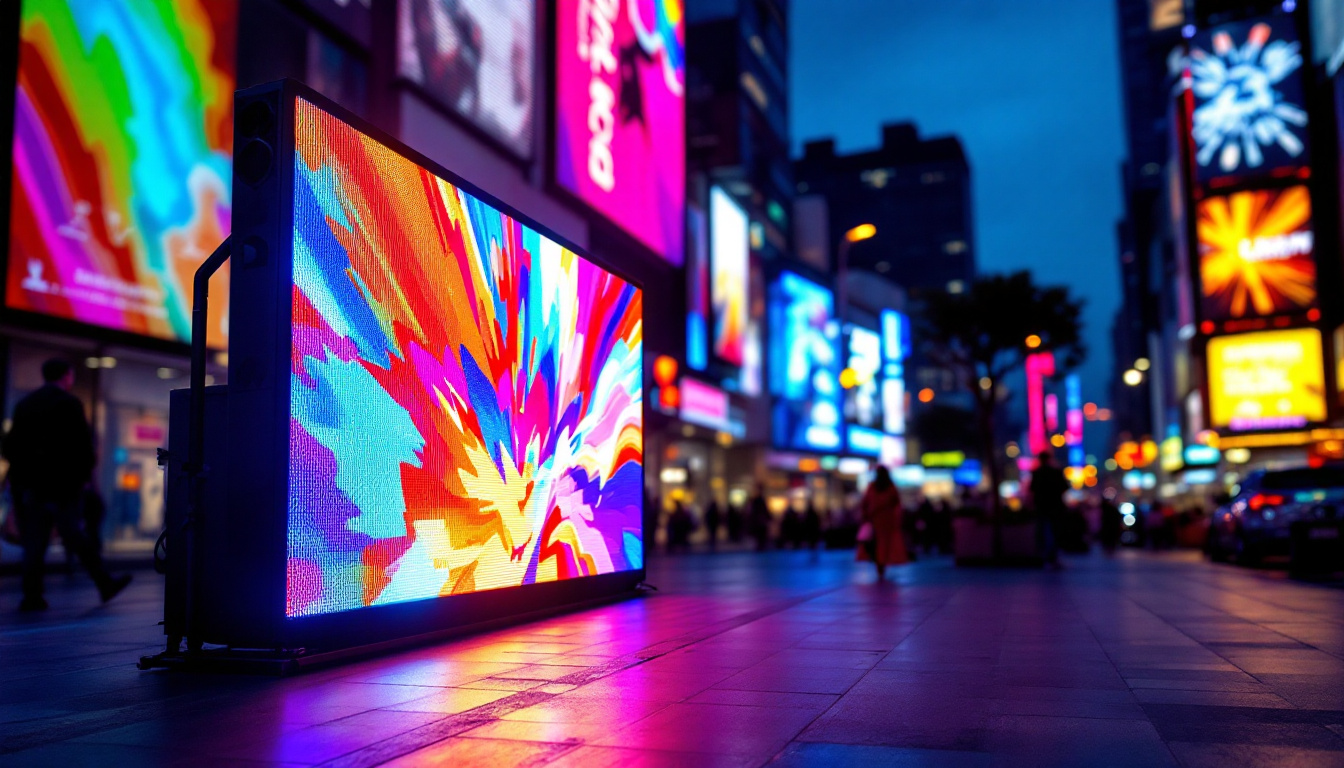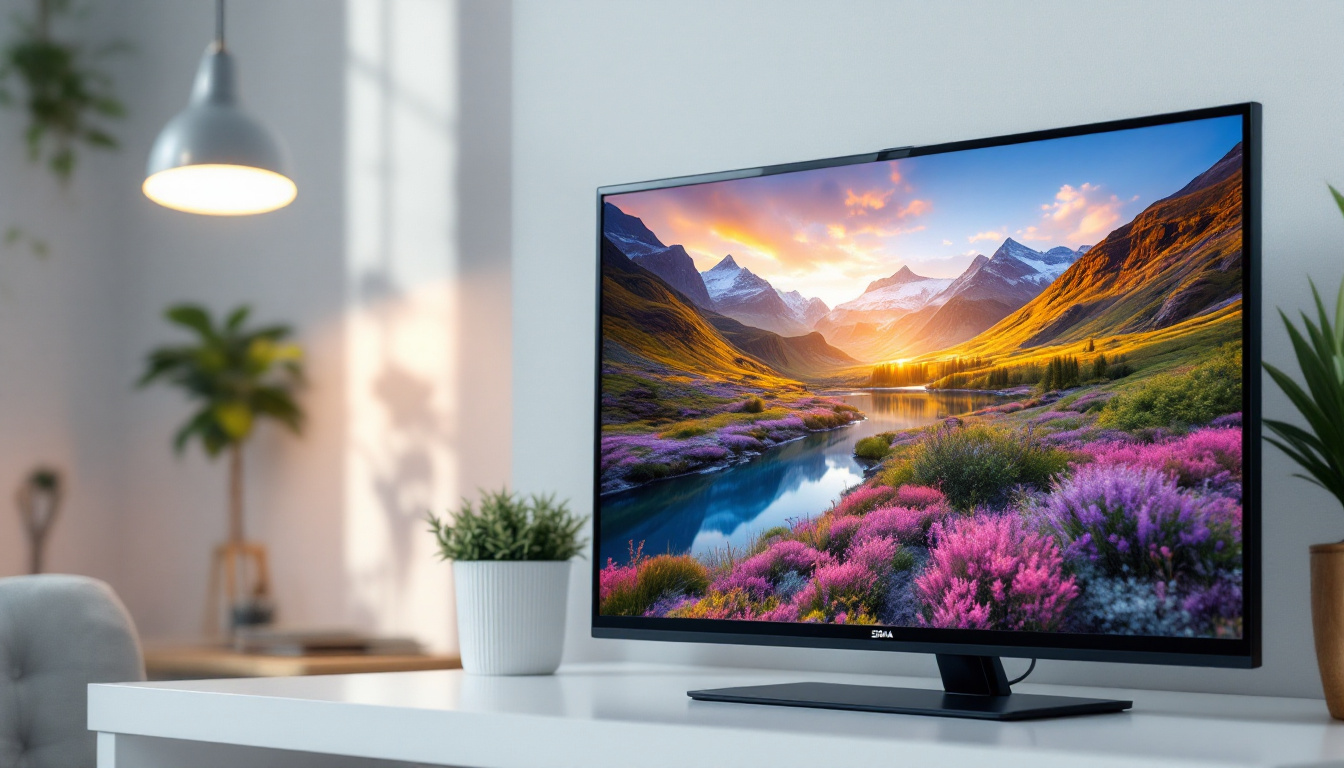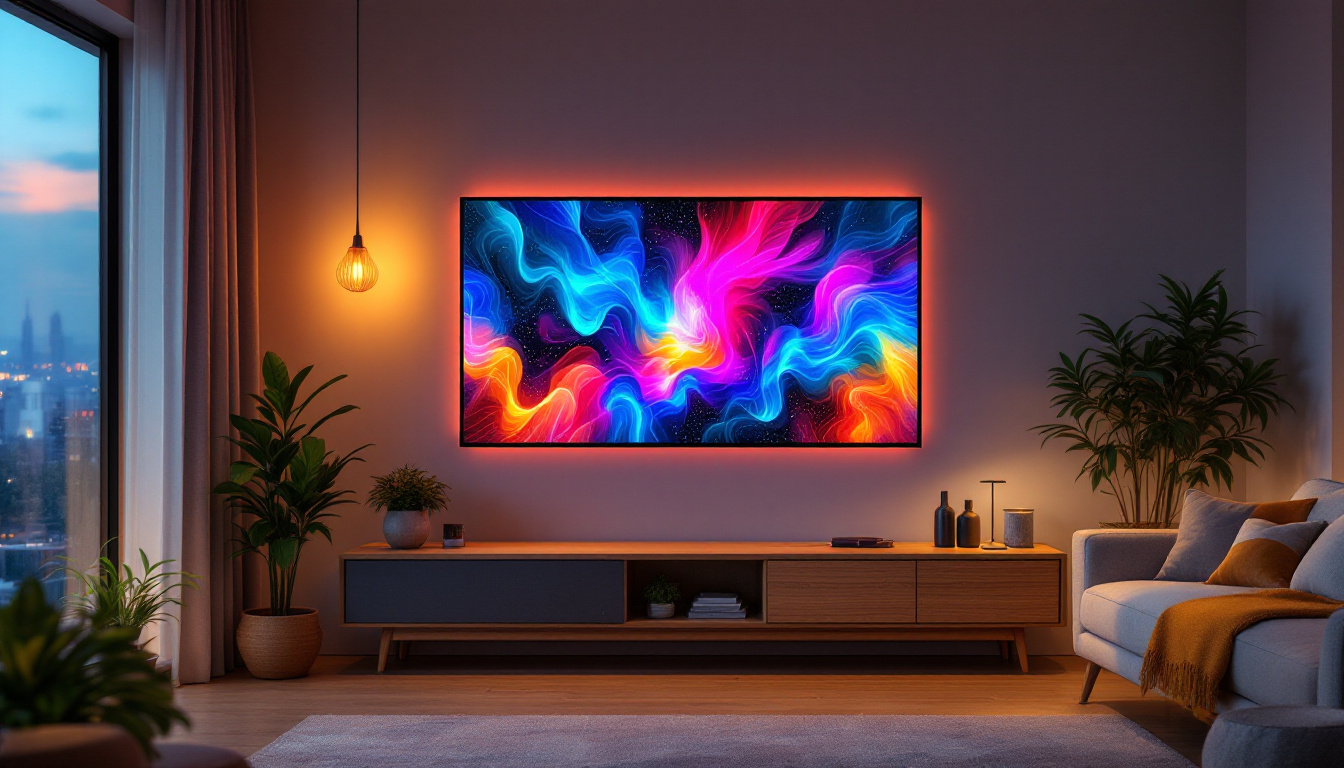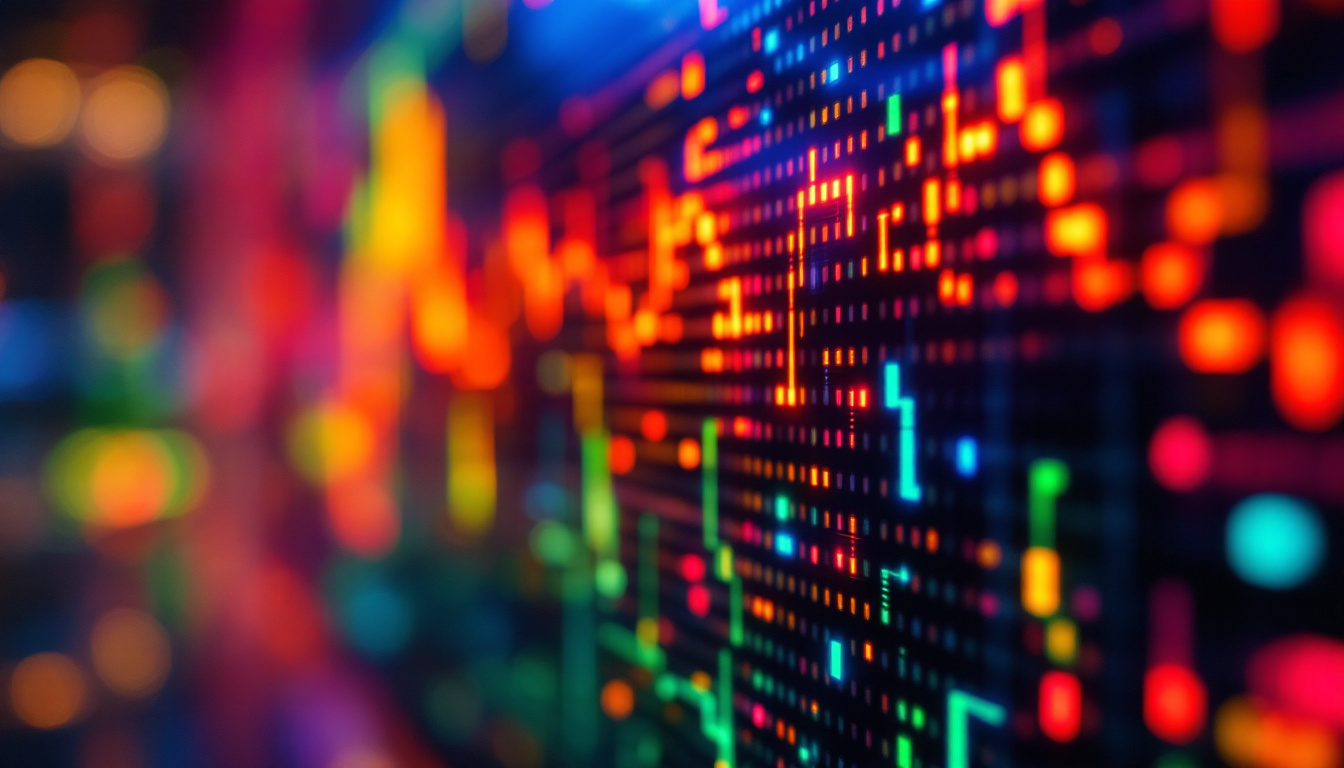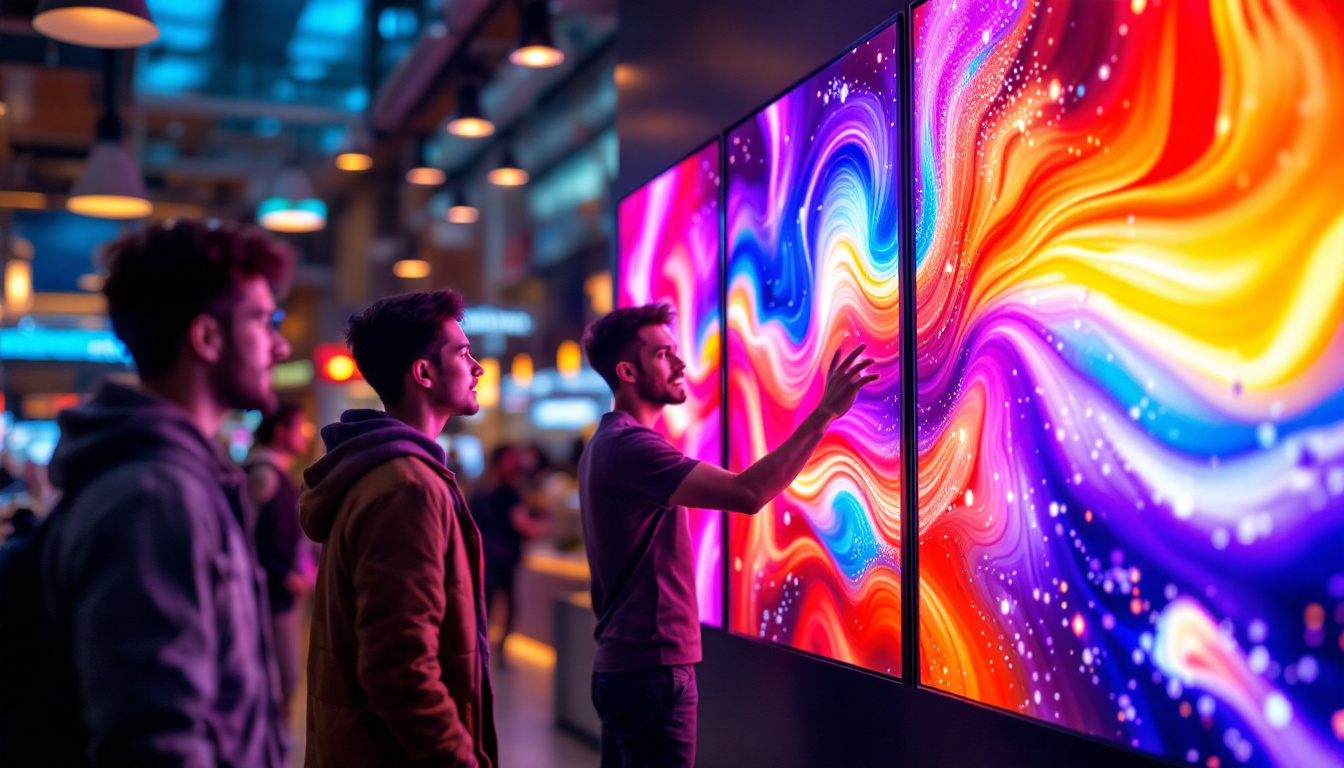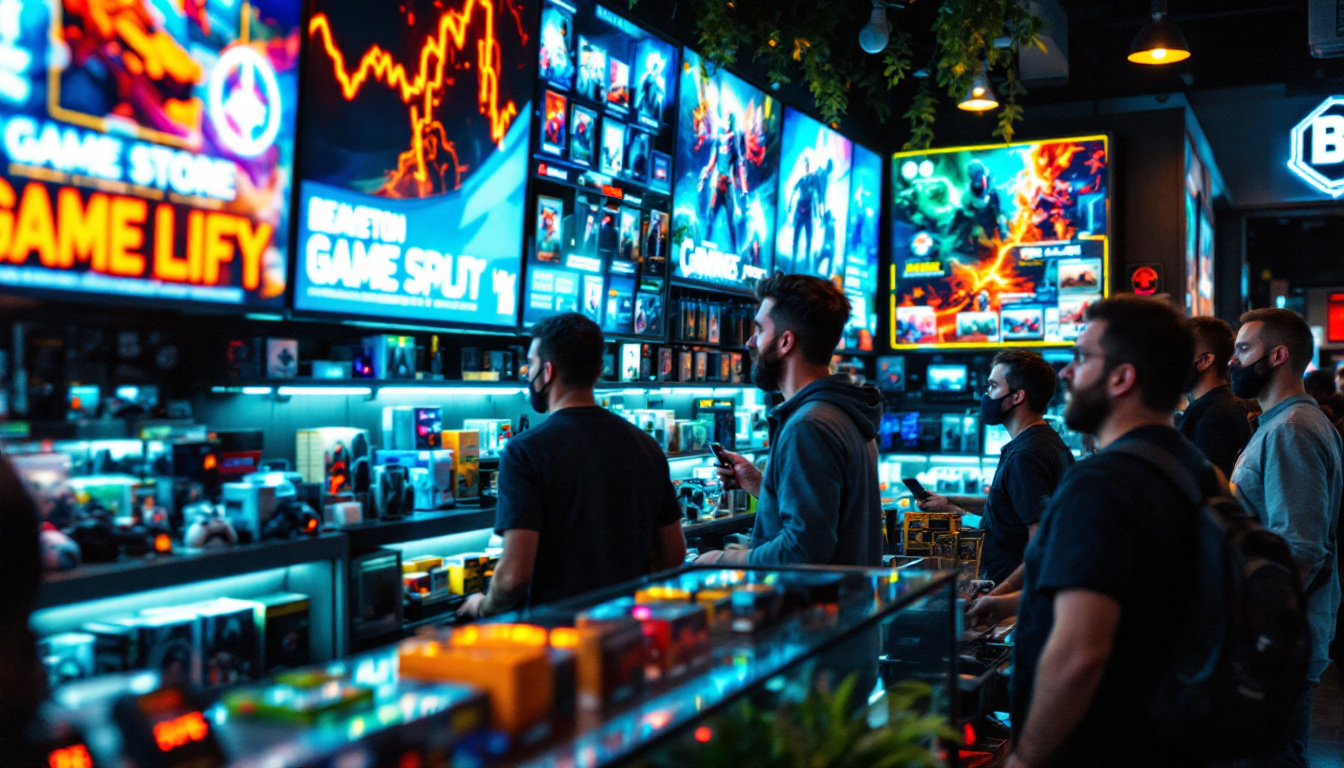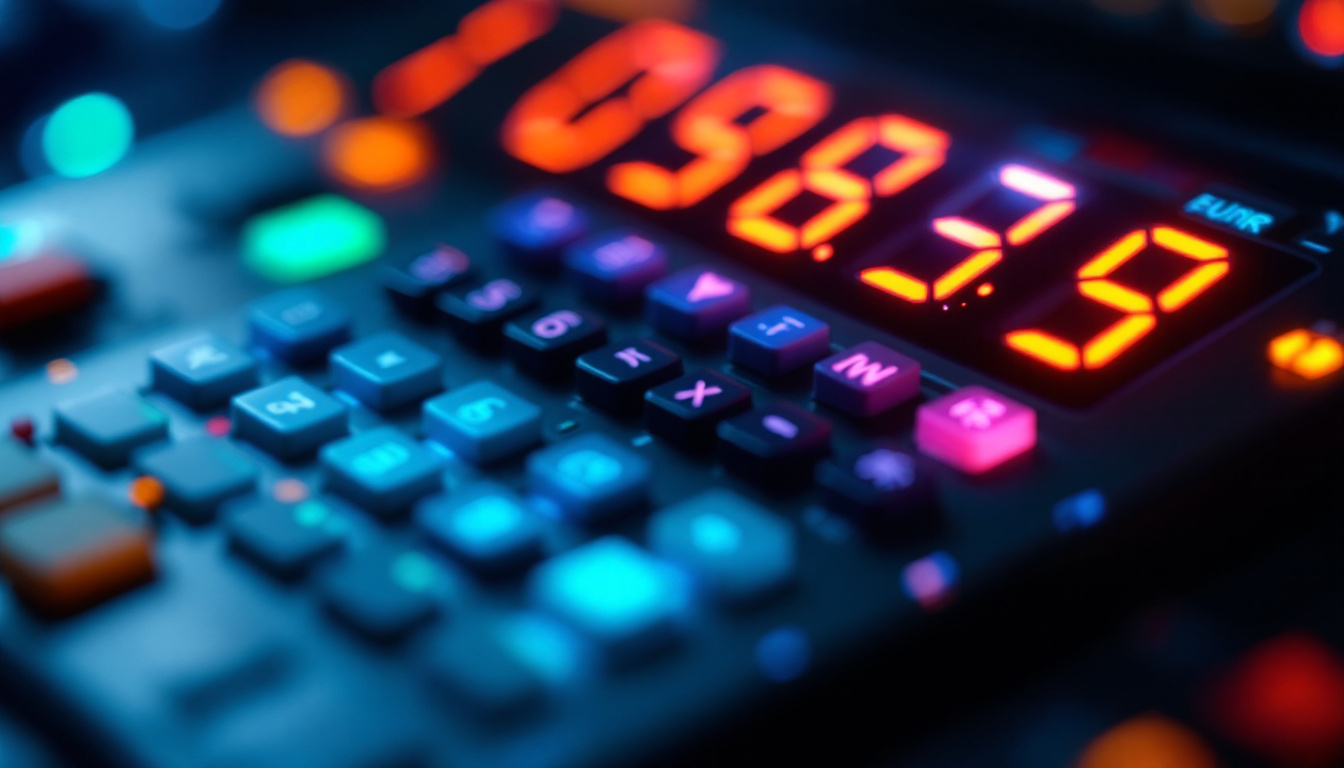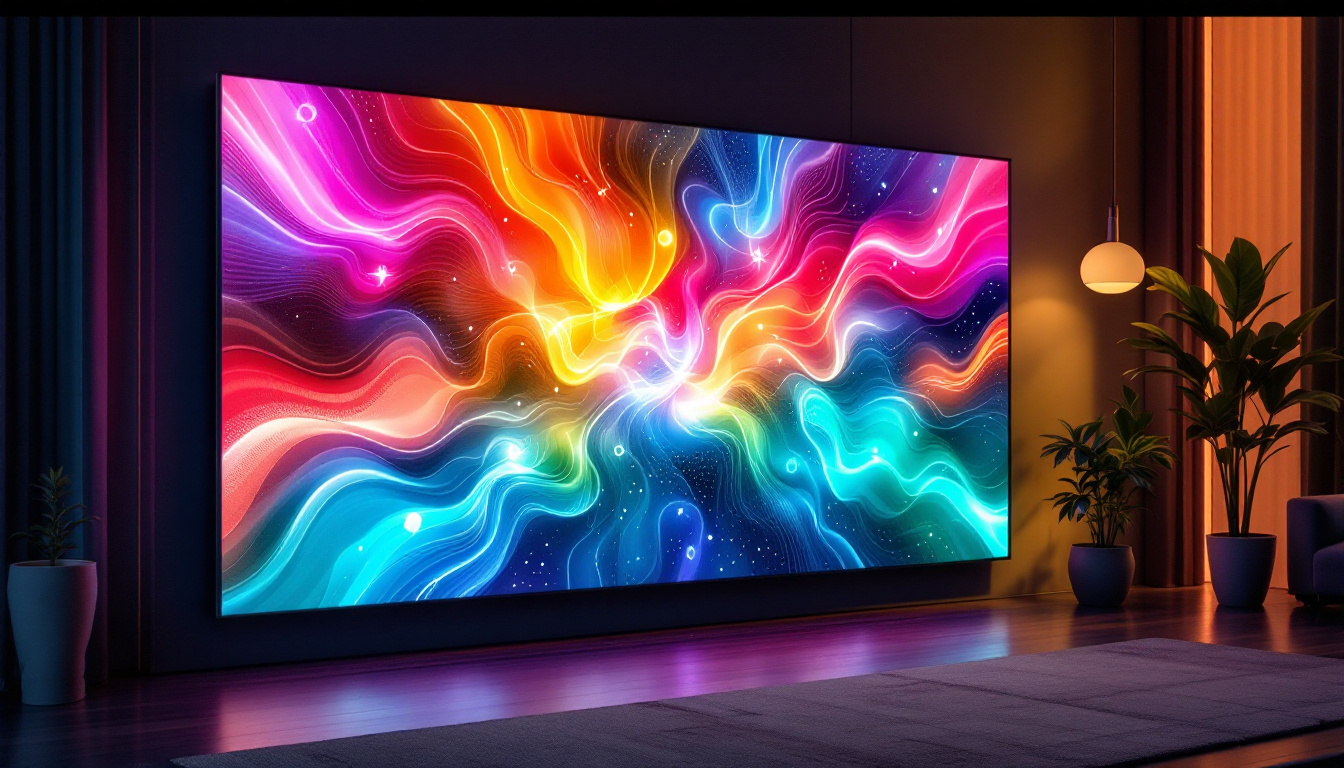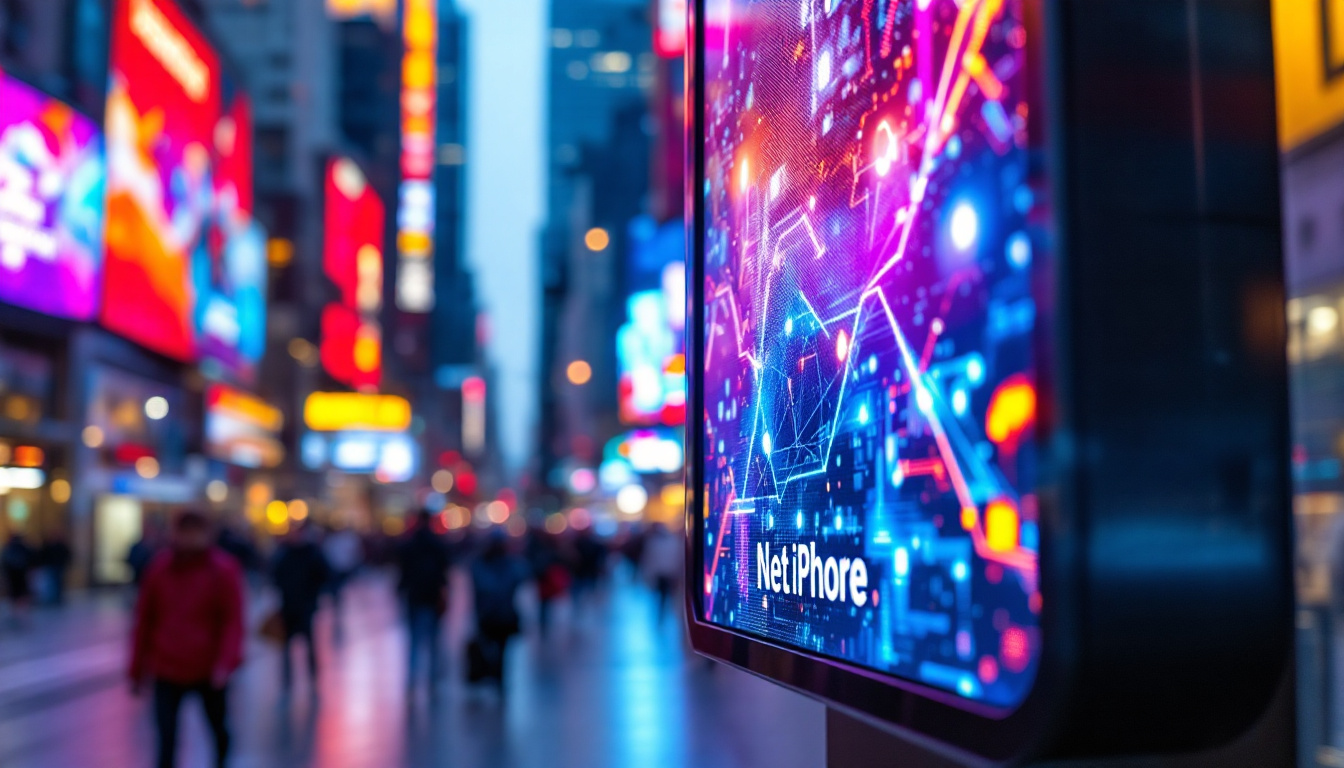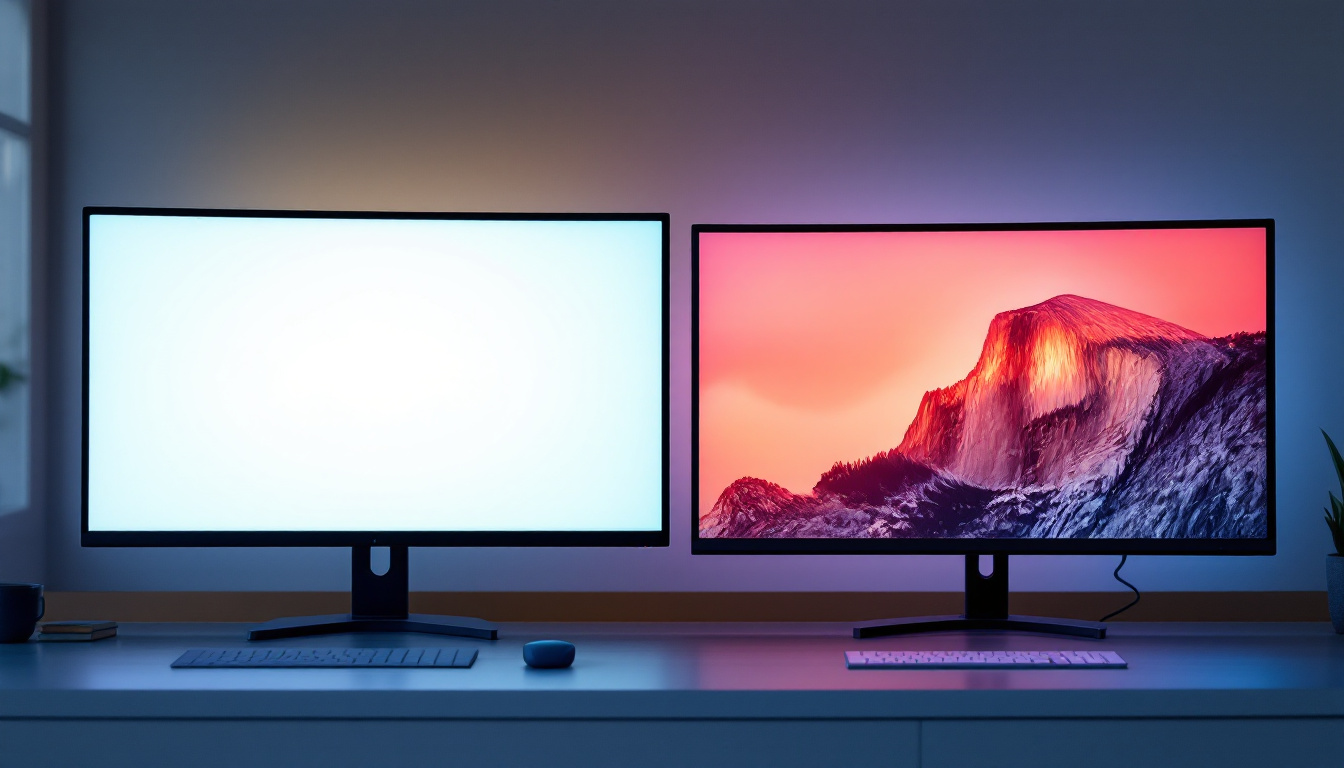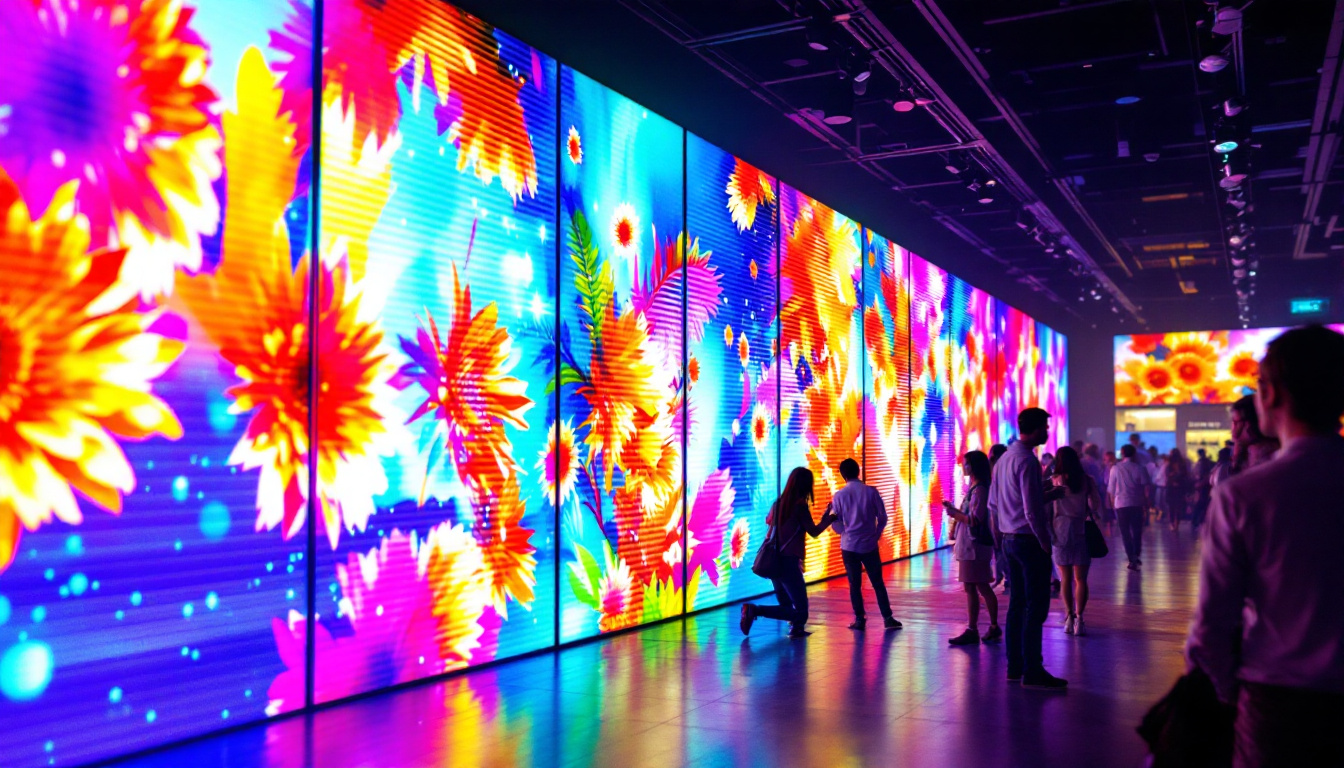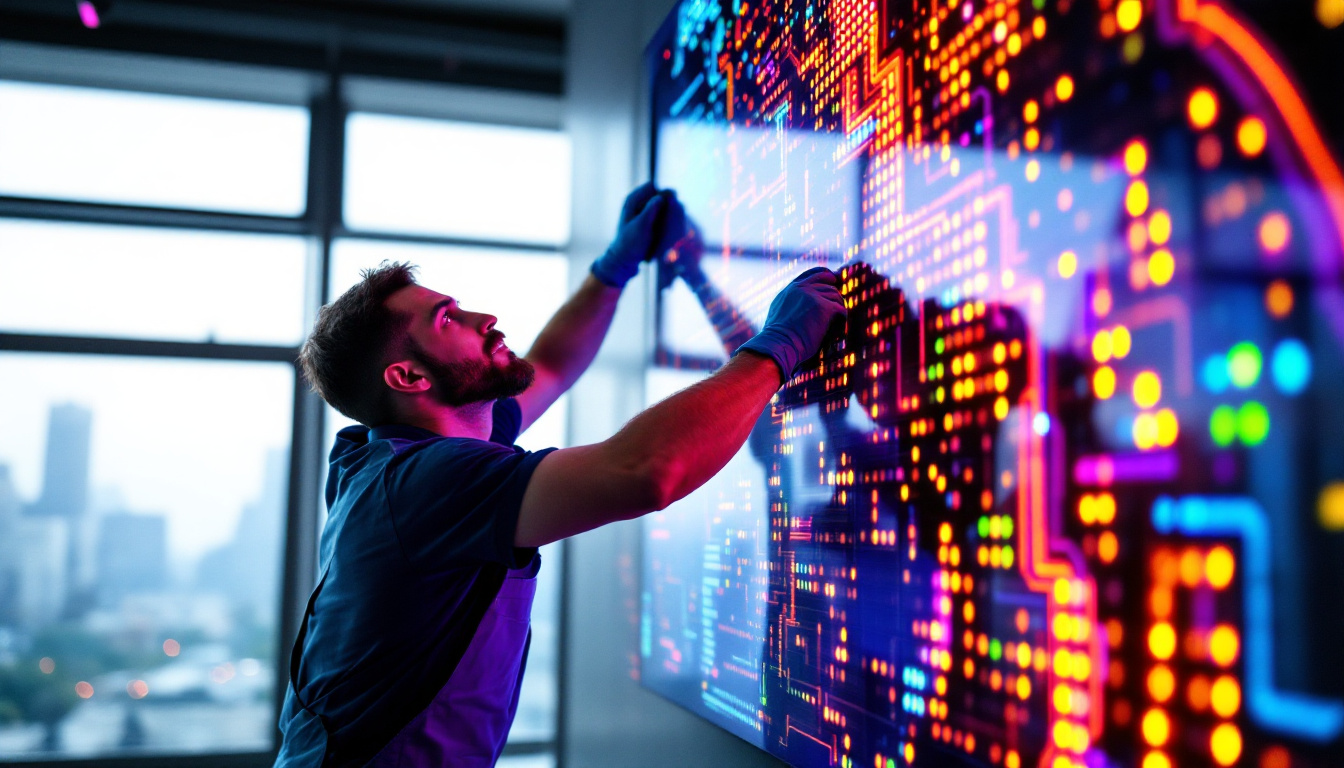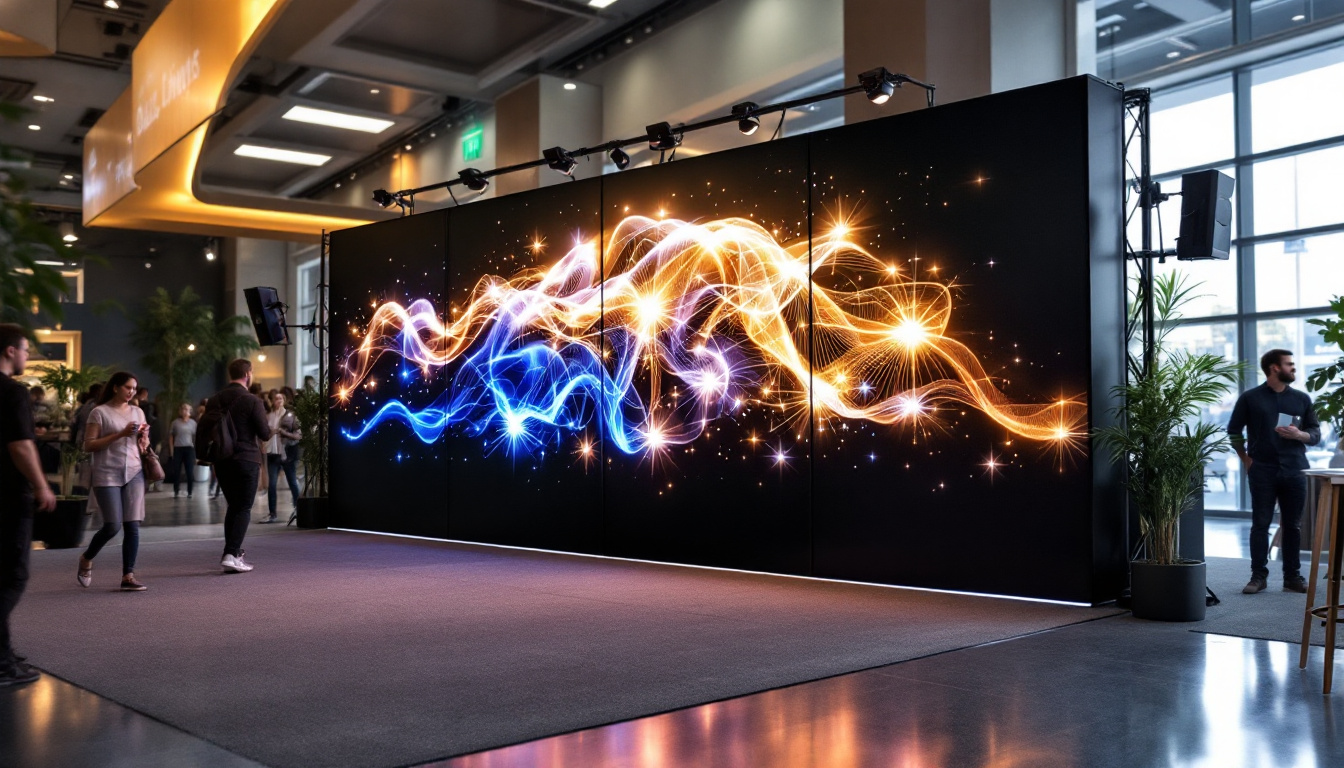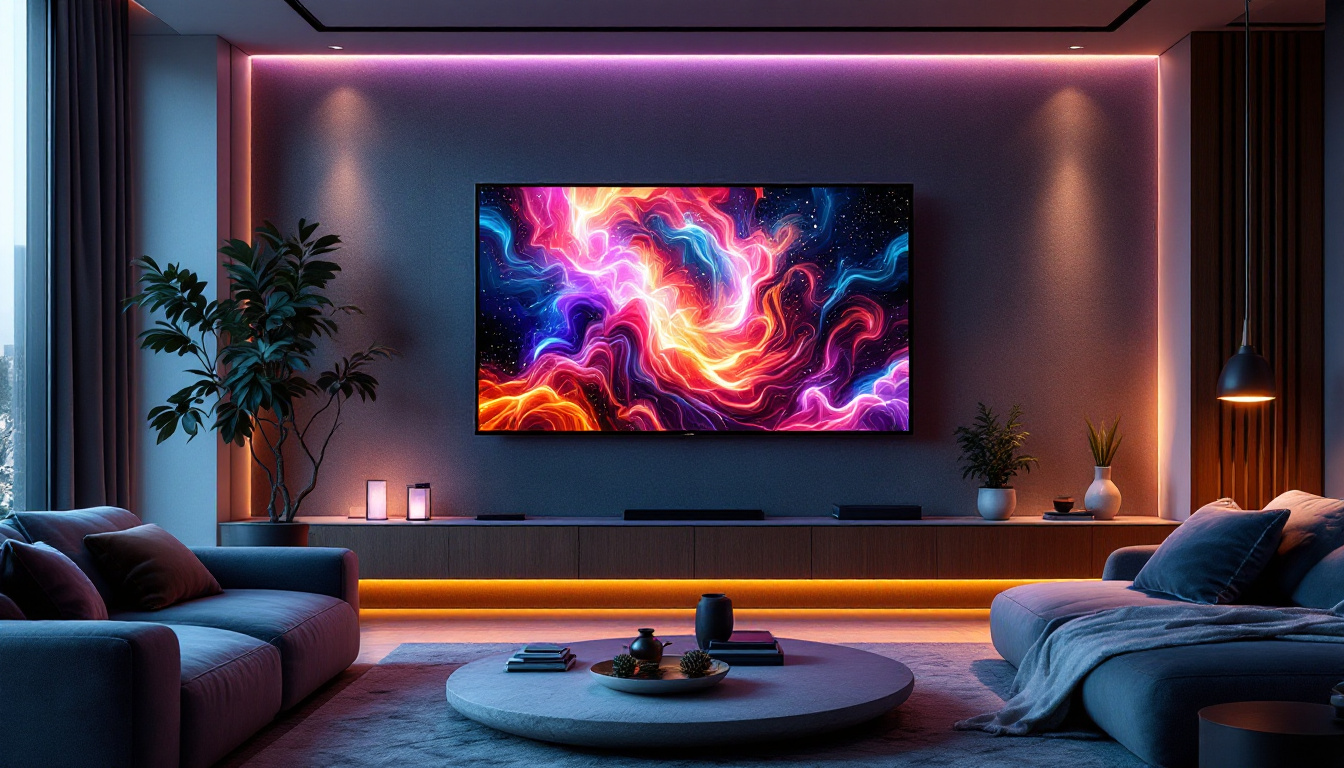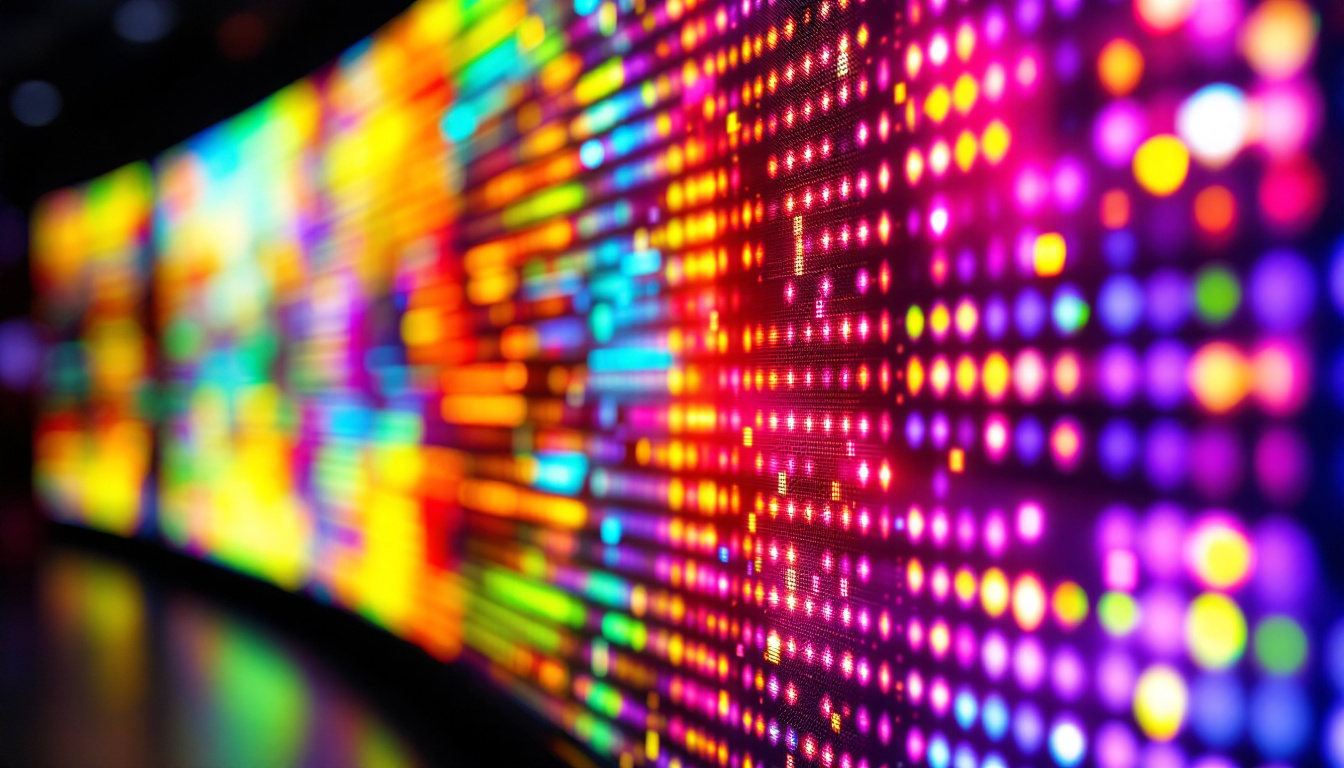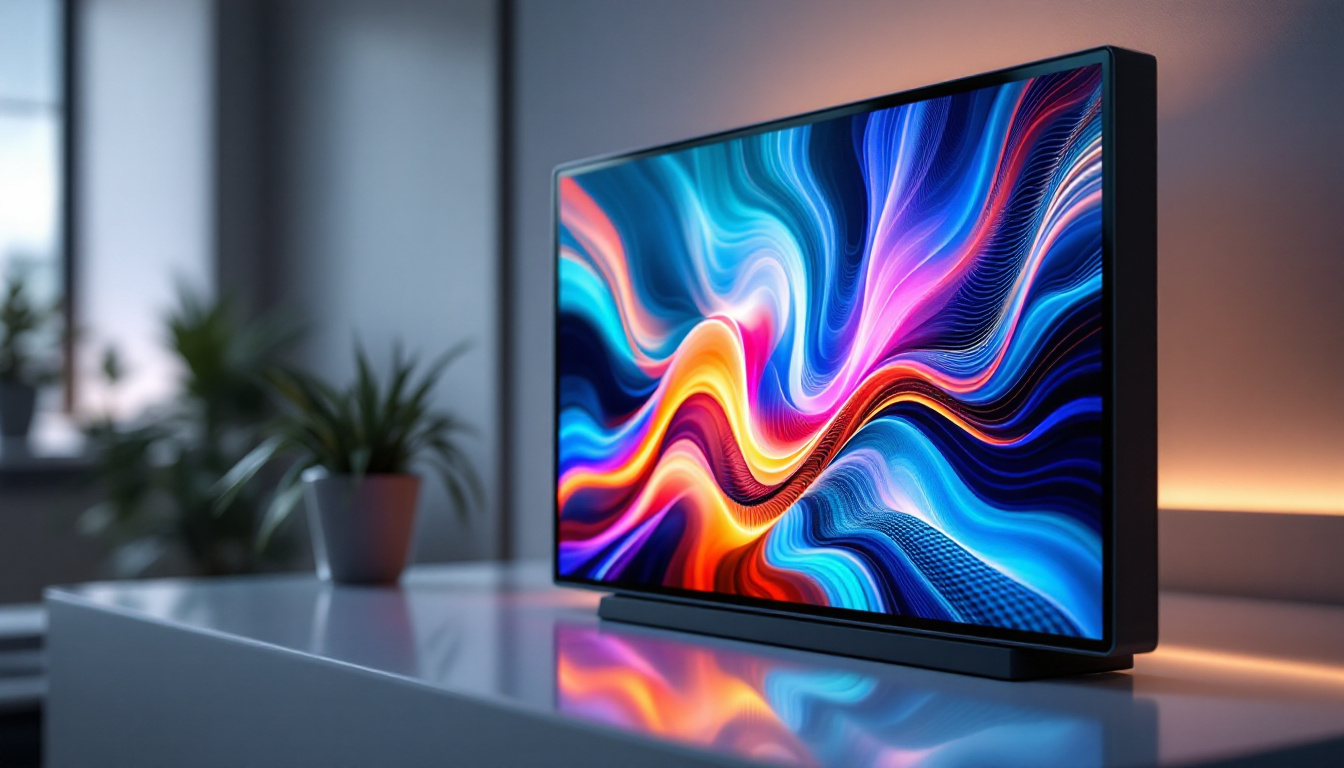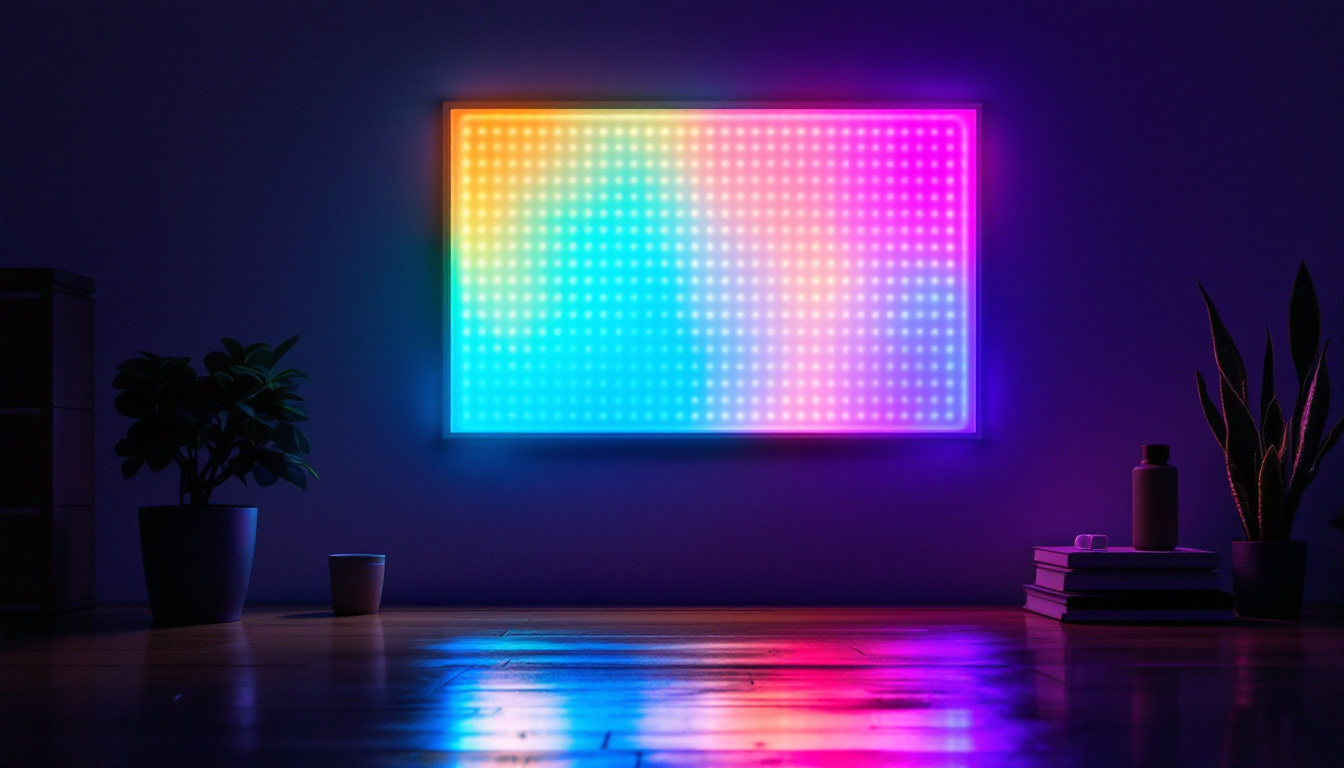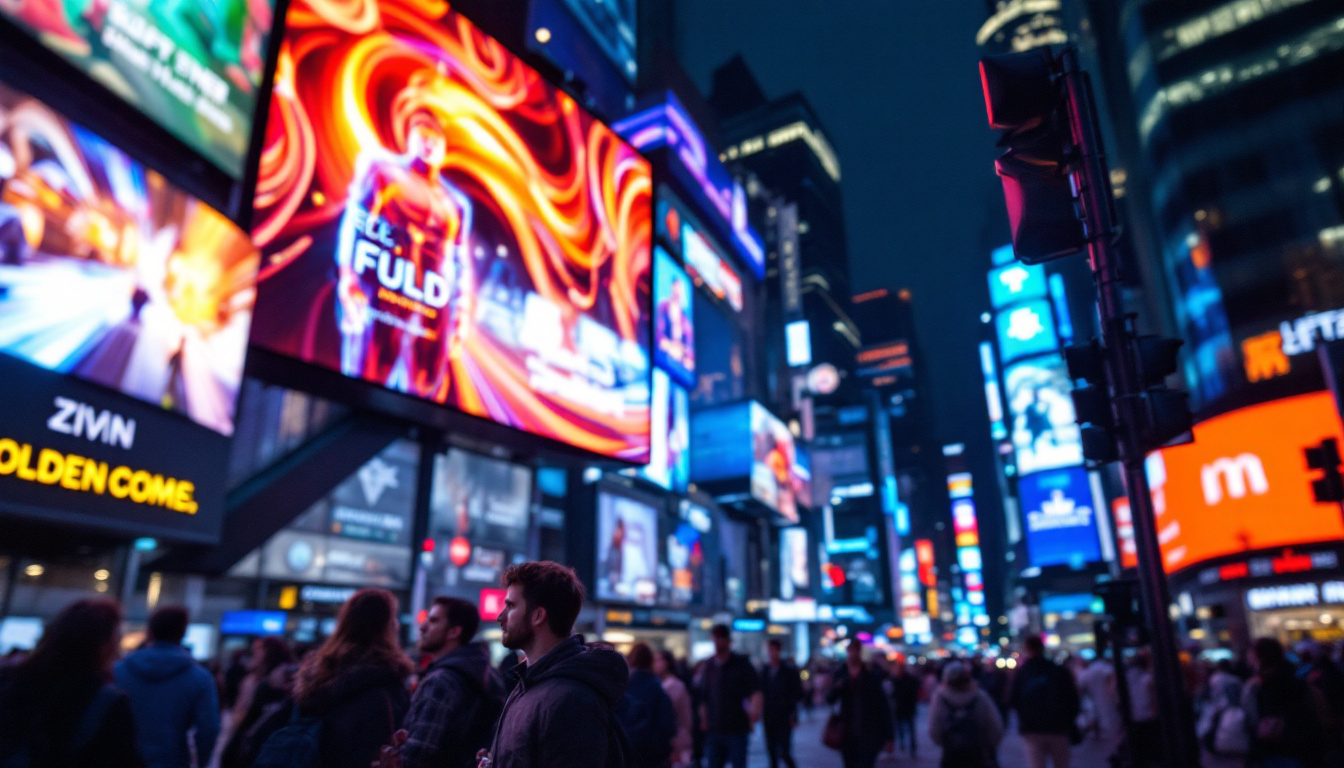In the heart of Manhattan, 599 Broadway stands as a beacon of modern architecture and technology, showcasing one of the most impressive LED displays in New York City. This article delves into the significance of this LED display, exploring its features, impact on advertising, and the technology that makes it possible.
The Architectural Significance of 599 Broadway
599 Broadway is not just another commercial building; it represents a fusion of art, technology, and urban design. Located at the intersection of Broadway and Houston Street, this building is a prime example of how modern architecture can embrace digital innovation.
Design and Structure
The design of 599 Broadway is characterized by its sleek lines and glass façade, which reflects the vibrant energy of the surrounding SoHo neighborhood. The building’s architecture is a testament to contemporary design principles, emphasizing openness and connectivity.
Incorporating an LED display into the structure was a strategic decision aimed at enhancing the building’s visibility and appeal. This display not only serves as an advertising platform but also contributes to the building’s overall aesthetic, making it a landmark in the area. The façade’s transparency allows natural light to flood the interior spaces, creating an inviting atmosphere for both tenants and visitors. The careful selection of materials, including energy-efficient glass and sustainable building practices, further underscores the commitment to environmental responsibility in urban development.
Integration of Technology
The integration of technology into the architectural framework of 599 Broadway is noteworthy. The LED display is seamlessly embedded into the building’s design, ensuring that it complements rather than detracts from the overall look. This integration showcases how modern buildings can leverage technology to create dynamic visual experiences.
Moreover, the use of LED technology allows for high-resolution imagery and vibrant colors, making the display an eye-catching feature that draws attention from pedestrians and drivers alike. This technological advancement not only enhances the building’s visibility but also allows for real-time updates, making it an interactive canvas for local events, art displays, and community announcements. Such features encourage engagement with the public, transforming the building into a cultural hub that reflects the pulse of the neighborhood. Additionally, the building’s smart systems, which manage energy consumption and optimize lighting, further exemplify how technology can enhance both functionality and sustainability in urban architecture.
Understanding LED Technology
LED, or Light Emitting Diode, technology has revolutionized the way visual information is presented. Unlike traditional lighting, LEDs are energy-efficient, durable, and capable of producing bright, vivid colors. This section explores how these characteristics make LED displays ideal for urban environments.
Energy Efficiency
One of the most significant advantages of LED technology is its energy efficiency. Compared to traditional incandescent or fluorescent lighting, LEDs consume significantly less power, which is crucial in a bustling metropolis like New York City where energy demands are high.
This efficiency translates into lower operational costs for building owners and advertisers, making LED displays a financially viable option for large-scale advertising campaigns. Furthermore, the reduced energy consumption contributes to a smaller carbon footprint, aligning with sustainability goals that many cities are striving to achieve. In fact, cities that have adopted LED technology for street lighting and public displays have reported energy savings of up to 50%, allowing them to redirect funds towards other essential services such as education and public safety.
Durability and Longevity
LED displays are known for their durability, with a lifespan that can exceed 100,000 hours. This longevity is particularly beneficial for outdoor installations, where exposure to the elements can take a toll on traditional display technologies.
At 599 Broadway, the LED display is designed to withstand harsh weather conditions, ensuring that it remains functional and visually appealing year-round. This durability reduces maintenance costs and minimizes downtime, allowing advertisers to maximize their investment. Moreover, the robust nature of LEDs means they are less prone to breakage and require less frequent replacement, which is especially advantageous in high-traffic areas where safety and aesthetics are paramount. As cities continue to embrace smart technologies, the integration of LED displays into urban infrastructure not only enhances visual communication but also contributes to a more dynamic and engaging urban experience.
The Impact of LED Displays on Advertising
LED displays have transformed the advertising landscape, offering unique opportunities for brands to engage with their audience. The display at 599 Broadway exemplifies how effective digital advertising can be in capturing attention and conveying messages.
Dynamic Content Delivery
One of the standout features of LED displays is their ability to deliver dynamic content. Advertisers can change their messages in real-time, allowing for timely promotions and updates. This flexibility is particularly advantageous in a fast-paced environment like New York City, where trends and consumer interests can shift rapidly.
For instance, during a major event or holiday season, advertisers can tailor their content to resonate with the current atmosphere, enhancing engagement and driving foot traffic to their businesses. This adaptability makes LED displays a powerful tool for marketers seeking to make an impact.
Enhanced Visual Appeal
The vibrant colors and high-resolution imagery produced by LED displays significantly enhance visual appeal. At 599 Broadway, the display is capable of showcasing stunning graphics, animations, and videos that capture the attention of passersby.
This visual engagement is crucial in a city filled with distractions. A well-designed LED advertisement can stand out amidst the hustle and bustle, creating memorable impressions that resonate with potential customers long after they have walked by.
Case Studies: Successful Campaigns at 599 Broadway
The LED display at 599 Broadway has hosted numerous successful advertising campaigns, illustrating the effectiveness of this medium in reaching diverse audiences. Below are a few notable examples that highlight the display’s potential.
Fashion Brands and Seasonal Promotions
Fashion brands have frequently utilized the LED display to promote seasonal collections and limited-time offers. During New York Fashion Week, for instance, the display showcased vibrant visuals of runway shows, drawing attention from fashion enthusiasts and tourists alike.
By aligning their campaigns with significant events, these brands effectively captured the zeitgeist of the moment, driving traffic to their stores and online platforms. The ability to quickly update content allowed them to respond to trends in real-time, maximizing their marketing impact.
Entertainment and Event Promotions
The display has also served as a platform for promoting major entertainment events, such as concerts, film releases, and theater productions. By featuring eye-catching trailers and promotional materials, the display has helped to generate buzz and excitement around these events.
For example, a blockbuster movie premiere might feature a countdown timer on the display, creating anticipation among viewers. Such campaigns not only drive ticket sales but also enhance the overall cultural vibrancy of the area, contributing to New York City’s reputation as a global entertainment hub.
Challenges and Considerations
While the benefits of LED displays are substantial, there are also challenges and considerations that must be addressed. Understanding these factors is essential for building owners, advertisers, and city planners alike.
Regulatory Compliance
One of the primary challenges associated with LED displays in urban environments is compliance with local regulations. Cities often have strict guidelines governing the size, brightness, and placement of digital signage to minimize visual clutter and maintain aesthetic standards.
At 599 Broadway, the display must adhere to New York City’s regulations, which can impact design choices and operational parameters. Navigating these regulations requires careful planning and collaboration with local authorities to ensure that the display enhances the urban landscape rather than detracting from it.
Public Perception and Community Impact
Public perception of LED displays can vary widely. While many appreciate the vibrancy and energy they bring to urban spaces, others may view them as intrusive or distracting. Balancing the interests of advertisers with the needs of the community is crucial in fostering a positive relationship with local residents.
At 599 Broadway, engaging with the community and addressing concerns is essential. This can involve hosting public forums, conducting surveys, or collaborating with local organizations to ensure that the display serves the broader community’s interests while still meeting advertising goals.
The Future of LED Displays
The future of LED displays, particularly in urban environments, looks promising. As technology continues to evolve, so too will the capabilities of these displays, offering even more opportunities for creativity and engagement.
Advancements in Technology
Emerging technologies such as augmented reality (AR) and artificial intelligence (AI) are poised to revolutionize the way LED displays are used. For instance, integrating AR could allow viewers to interact with the display in real time, creating immersive experiences that enhance engagement.
Additionally, AI can be leveraged to analyze viewer behavior and preferences, enabling advertisers to deliver personalized content that resonates with specific audiences. This level of customization could significantly enhance the effectiveness of advertising campaigns, making LED displays an even more valuable asset for brands.
Environmental Considerations
As sustainability becomes an increasingly important focus for cities worldwide, the environmental impact of LED displays will also come under scrutiny. Future developments may prioritize eco-friendly materials and energy sources, further reducing the carbon footprint associated with digital signage.
At 599 Broadway, embracing sustainable practices in the operation and maintenance of the LED display could set a precedent for other buildings in the area, demonstrating a commitment to environmental responsibility while still leveraging the benefits of modern technology.
Conclusion
The LED display at 599 Broadway is more than just a technological marvel; it is a symbol of the intersection between architecture, advertising, and urban culture. As cities continue to evolve, the role of LED displays will undoubtedly expand, offering new opportunities for engagement and expression.
By understanding the significance of this display and the technology behind it, stakeholders can better appreciate its impact on the urban landscape. As 599 Broadway continues to shine brightly in the heart of New York City, it serves as a reminder of the possibilities that arise when innovation meets creativity.
Illuminate Your Brand with LumenMatrix
As you’ve seen with the iconic 599 Broadway LED display, the power of LED technology in transforming urban spaces is undeniable. LumenMatrix stands at the forefront of this innovation, offering a spectrum of LED display solutions that bring your brand to life. From the bustling streets to the grandest stadiums, our Indoor and Outdoor LED Wall Displays, Vehicle LED Displays, and more, are designed to captivate and engage audiences. Ready to revolutionize your visual communication? Check out LumenMatrix LED Display Solutions and let your message shine with unparalleled clarity and impact.





